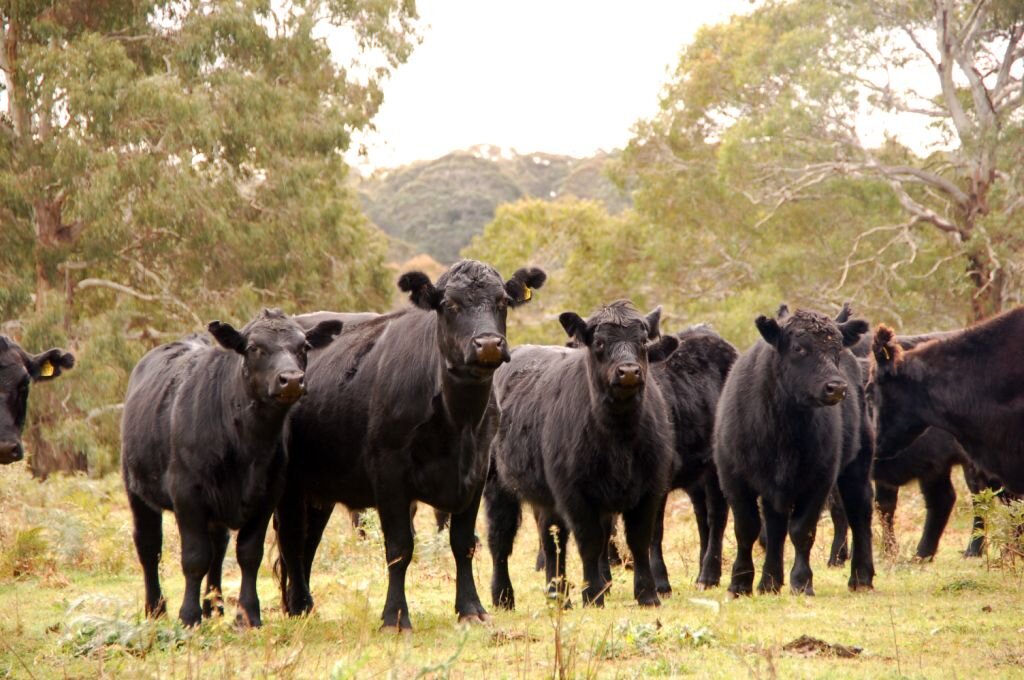Over the last few months I’ve been considering the role of benchmarks in business. I’ve always thought that benchmarks are important. However the question really is, why are benchmarks important?
The original use of the term benchmark related to marks stone masons would chisel into stone so that leveling rods could be placed onto the stone bench. The mark allowed the masons to return accurately each time the rod needed to be reused.
In business I think we use the term in slightly different ways. Ideally a benchmark is about setting a mark, or a measure on the factors that determine your production and profitability. They should be measures that can be repeated each year so that you can determine if your business is meeting your own goals.
Unfortunately I reckon too many people see benchmarking as a form of competition! I not sure where that impression came from. I guess some people are naturally competitive and try to be the best at everything.
Many producers work in groups to share their benchmarks and to learn from each other, so perhaps there are some people who just like to compete on everything!
So when I am asked about benchmarks, my first point is that it isn’t a competition with anyone!
My second point is that benchmarks should be yours. By that I mean, you need to set the marks in place that let you come back and assess your progress each year. They have to be realistic and reflect your business model. There’s no point trying to compare what you are doing to anyone else in the first instance. So if you are operating a breeding business, your benchmarks should focus on those areas around fertility. You should know:
Your pregnancy rate for heifers, first calf heifers and cows.
Calving spread over your calving period
Weaning weights and numbers
There are more measures that you could record. However these will at the very least let you determine if your herd is operating efficiently.
If you are operating a finishing program can you record growth rates; compliance with specifications; age or weight at turn off?
There are quite simply plenty of measures that your business should have. I talk about this data as being useful to drive innovation. Quite simply it is using these results to fine-tune your management to improve and achieve better results you’re your business.
Setting some on farm benchmarks gives you a chance to take a critical look at your program. I know in my own business it’s very easy to get caught up in the cycle that is best described as “busy being busy!”
Having some set measures in place makes you stop and look at what you are doing. The chance to stop and look is critical. You really need to look at how you are spending your time, effort and money? If its not working as well as it should – i.e you are not hitting your benchmarks, then you can take control to correct the issues.
I reckon the third and most significant reason for using benchmarks is to give you a focal point to stop and take a critical look at the business. It’s difficult to argue with hard data. The data you collect gives you the information to reflect and ask critical questions.
This brings me back to my earlier points. In my mind, asking critical questions and looking at your progress each year, is fundamental to operating a successful beef business. Should you try and compare against other people? Well comparisons can be useful. They can help you see the potential for improvement or highlight areas of opportunity. But just making comparisons wont change anything! It’s nice to know what the national Cost of Production is and where yours relates to that. But if you don’t use that information to change your own practices, well I reckon you aren’t achieving anything for your business.












